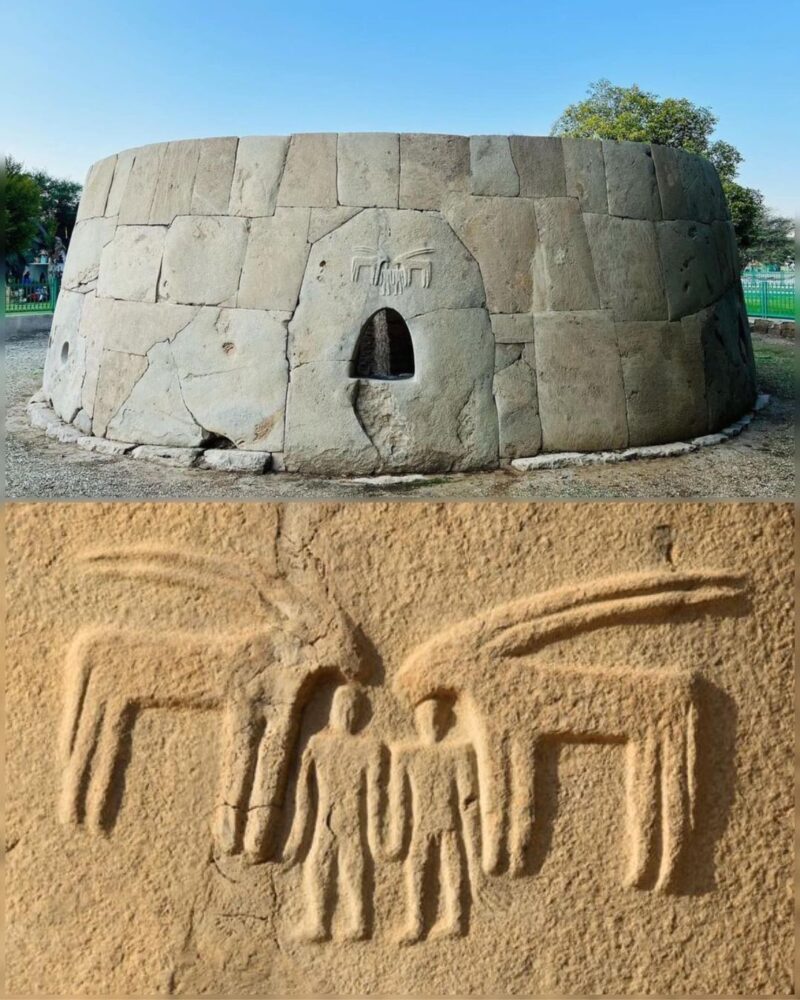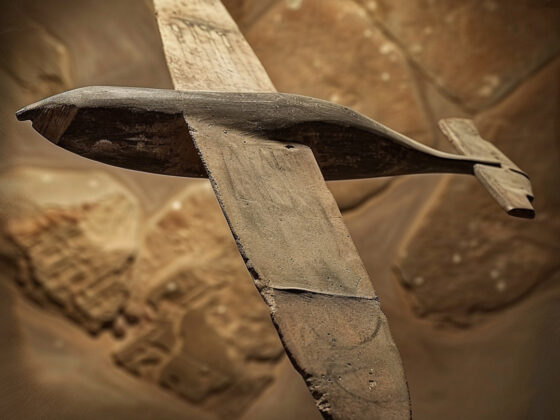The Hili Grand Tomb is a significant archaeological site located in the Hili Archaeological Park in Al Ain, United Arab Emirates. This impressive structure is considered one of the largest and most important Bronze Age sites in the UAE, dating back to approximately 2000 BCE. The tomb is circular in shape, measuring about 12 meters (39 feet) in diameter and originally standing at a height of around 4 meters (13 feet).
Constructed from meticulously carved stones, the Hili Grand Tomb features two entrances adorned with ancient reliefs depicting human and animal figures, including representations of the oryx. These artistic elements offer valuable insights into the cultural practices and beliefs of the time. The tomb served as a collective burial site for individuals from surrounding settlements, reflecting the social structure and funerary customs of the Bronze Age Umm an-Nar culture.
The site has undergone restoration efforts, particularly in the 1970s, when it was reconstructed but left without a roof. This decision allows visitors to appreciate its architectural features while also exposing it to the elements. The Hili Grand Tomb is part of a larger complex that includes additional tombs and archaeological remains, providing a comprehensive view of life during this prehistoric period.
Hili Archaeological Park itself is notable for its extensive collection of Bronze Age structures, making it an essential location for understanding early agricultural settlements in the region. Artifacts from these sites can be found in nearby museums, further enriching our knowledge of the cultural heritage of the UAE. The Hili Grand Tomb remains a focal point for both research and tourism, drawing visitors interested in exploring the ancient history of this fascinating area.










